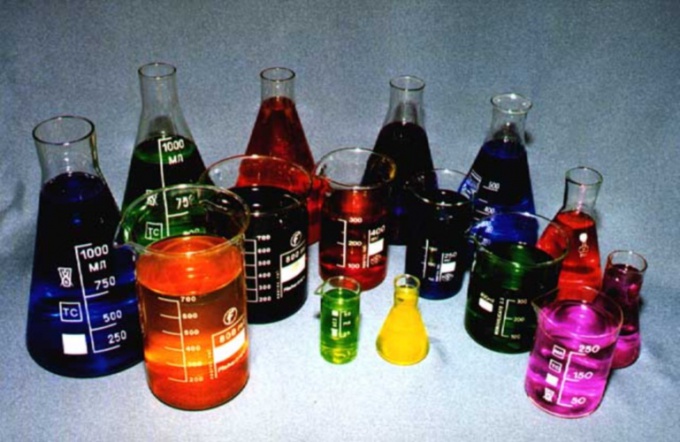Instruction
1
It would seem that the easiest and most natural method – oxidation with oxygen of the metal sodium! However, there is a specificity. The fact that the oxidation of alkaline metals, flows so rapidly and quickly that in addition to the oxides formed peroxide. For example:
2Na + O2 = Na2O2 (sodium peroxide).
2Na + O2 = Na2O2 (sodium peroxide).
2
Moreover, it produces far more than that of sodium oxide (in the ratio of about 4:1). And in order to convert the peroxide into oxide of sodium, required careful heating in the presence of metallic sodium. The reaction takes place thus:
Na2O2 + 2Na = 2Na2O
Na2O2 + 2Na = 2Na2O
3
Therefore, use other ways of obtaining this substance. For example, by the reaction of metallic sodium with a sodium nitrate (sodium nitrate, sodium nitrate). It flows like this:
2NaNO3 + 10Na = 6Na2O + N2В the course of this reaction sodium metal restores nitrogen with nitrate ion oxidation state +5, to pure nitrogen.
2NaNO3 + 10Na = 6Na2O + N2В the course of this reaction sodium metal restores nitrogen with nitrate ion oxidation state +5, to pure nitrogen.
4
Sodium oxide can also be obtained by calcination of sodium carbonate (carbonate) at high temperatures (above 1000 degrees). The reaction is as follows:
Na2CO3 = Na2O + CO2
Na2CO3 = Na2O + CO2
5
Very exotic and also unsafe, therefore not a recommended method of obtaining this substance: heat the mixture of sodium azide – sodium nitrate in a vacuum at a temperature below 350 degrees. The reaction proceeds like this:
5NaN3 + NaNO3 = 8N2+3Na2O
5NaN3 + NaNO3 = 8N2+3Na2O
Note
Given that all azides, explosive substances, this reaction can be carried out only with extensive experience with similar connections! But it is better to abstain.
Useful advice
Reacts violently with water, forming a solution of sodium hydroxide (caustic soda):
Na2O + H2O = 2NaOH
Reacts easily with acids, forming salt and water:
Na2O + H2SO4 = Na2SO4 + H2O
Reacts with acid oxides, forming salt:
Na2O + CO2 = Na2CO3
Used mainly in laboratory practice, demonstration experiments, and also as a reagent. Sometimes it is used in the manufacture of oils, as a catalyst.
Na2O + H2O = 2NaOH
Reacts easily with acids, forming salt and water:
Na2O + H2SO4 = Na2SO4 + H2O
Reacts with acid oxides, forming salt:
Na2O + CO2 = Na2CO3
Used mainly in laboratory practice, demonstration experiments, and also as a reagent. Sometimes it is used in the manufacture of oils, as a catalyst.
